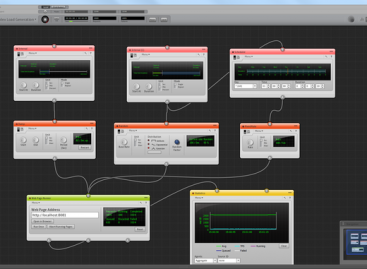- QATestLab Blog >
- QA Basics >
- Testing Tools >
- What Bug Tracking System to Use? (Part 1)
What Bug Tracking System to Use? (Part 1)
The experts from software testing company use various methodologies and techniques during testing. To conduct the checking procedure effectively, the specialists also use different tools.
Bug tracking system is an essential tool used to control the checking procedure and review the product quality. It helps to save time and ensures the effective bug management. A bug tracker allows registering and monitoring issues and code modifications.
The choice of a bug tracker depends on the specialist’s needs and the client’s requirements. In software testing field, there are a lot of such systems. They have the common goals and provide rather similar options. But they have different interface and capacities.
What Are the Main Bug Trackers?
- Bugzilla
- Mantis
- Redmine
- Trac
Bugzilla provides the effective communication between the stakeholders of the development process. This bug tracker is very popular, and it is used by many big projects (NASA, Apache, Linux, etc.). It is an excellent manager of software development procedure.
What Are the Advantages of Bugzilla?
- For listing bugs, a wide range of formats is available.
- The reports are scheduled.
- The spent time is tracked.
- There are the custom fields and workflows.
- The attachments and comments can be private.
The bug tracking system should be convenient and easy-to-use. Only in such a case, performance testing, installation testing, load testing or any other checking type will be effective and efficient.







Really very well,nice blog information for this one and more new articles are to refereed that post.most peoples are would do it. I really appreciate the kind words.